Red Borneo Kratom is a unique strain of the Mitragyna speciosa tree, native to the island of Borneo. This tropical...

Is Kratom an Opioid? What You Must Know!
What Is Kratom?
Kratom is a plant that grows naturally in Southeast Asia. Its leaves have been used for centuries in traditional medicine and as a stimulant. The main active compounds in Kratom are alkaloids that interact with the body's opioid receptors. Depending on the dose, Kratom can have stimulant effects at low levels or more sedative, pain-relieving properties at higher doses.
Kratom has a long history of use in its native regions, where people would consume it to boost energy and mood. It has also been used to help manage pain and opioid withdrawal. As Kratom has become more widely known globally, there has been ongoing debate about how it should be regulated, as its legal status varies across different countries.
How Does Kratom Affect the Human Body?
Key Active Components in Kratom
The primary active alkaloids in Kratom, mitragynine and 7-hydroxymitragynine, are largely responsible for the substance's effects on the human body. These compounds interact with the body's opioid receptors, producing a range of stimulant-like, sedative, and analgesic (pain-relieving) effects.
At lower doses, mitragynine is thought to act as a stimulant, increasing energy, focus, and mood. But at higher doses, the effects shift, with 7-hydroxymitragynine becoming more prominent and inducing a sense of calm, pain relief, and even euphoria - effects that are often compared to those of traditional opioid medications.
Mechanisms of Action in the Body
Kratom's interaction with the opioid receptors in the brain and body is a key factor in its pharmacological effects. Mitragynine and 7-hydroxymitragynine bind to these receptors, primarily the mu-opioid receptor, triggering a cascade of neurochemical responses that can lead to pain relief, sedation, and mood elevation.
However, unlike classic opioid drugs like morphine or oxycodone, Kratom appears to have a somewhat different mechanism of action. Some research suggests that it may not cause the same degree of respiratory depression, which is a major risk factor for opioid overdose. This distinctive pharmacological profile is part of what fuels the ongoing debate about whether Kratom should be classified as an opioid.
Can Kratom Be Classified as an Opioid?
Comparing the Pharmacological Effects of Kratom and Traditional Opioids
One of the key questions surrounding Kratom is whether it can be accurately categorized as an opioid. While Kratom does interact with the opioid receptors in the body, producing effects that are often compared to those of opioid drugs, there are some notable differences.
Opioid medications like prescription painkillers and heroin are known for their potent analgesic (pain-relieving) effects, as well as their ability to induce a powerful sense of euphoria and sedation.
Kratom, on the other hand, appears to have a more complex and nuanced pharmacological profile, with stimulant-like effects at lower doses and opioid-like effects at higher doses.
Additionally, some research suggests that Kratom may have a lower risk of respiratory depression compared to classical opioids, potentially making it a safer alternative for pain management or opioid withdrawal treatment.
Scientific Evidence and Expert Opinions
The scientific and medical communities have not reached a consensus on whether Kratom should be definitively classified as an opioid. While some experts argue that Kratom's mechanisms of action and pharmacological similarities to opioids warrant its inclusion in that category, others contend that its unique properties merit a separate classification.
Ongoing research continues to explore the nuances of Kratom's effects and potential therapeutic applications. As the body of evidence grows, the debate around Kratom's classification is likely to evolve, with implications for its legal status and regulation around the world.
Investigating Kratom's Role in Opioid Withdrawal Management
One of the most promising areas of research surrounding Kratom involves its potential use in the management of opioid withdrawal symptoms. Some studies have indicated that Kratom may be effective in reducing the severity of withdrawal effects, such as aches, anxiety, and cravings, potentially offering a safer alternative to traditional opioid replacement therapies.
However, the research in this area is still unclear, and more clinical trials are needed to fully understand Kratom's efficacy and safety in opioid withdrawal treatment. Nonetheless, this potential application has generated significant interest and debate within the medical community.
What Are the Legal and Safety Concerns Surrounding Kratom?
Overview of Kratom's Legal Status Globally
The legal status of Kratom varies widely around the world. In the United States, Kratom is currently unscheduled at the federal level, meaning it is not regulated as a controlled substance. However, several states have implemented their own laws, ranging from complete bans to more permissive regulations.
Internationally, the legal landscape is equally complex. Some countries, such as Thailand and Malaysia, have historically prohibited the cultivation, sale, and use of Kratom, while others, like Indonesia, have taken a more lenient approach. The World Health Organization (WHO) has also reviewed the evidence surrounding Kratom and has not yet recommended its international control.
This patchwork of regulations has led to ongoing debates and uncertainty about the proper way to manage and control this botanical substance.
Potential Health Risks and Safety Issues
-
Kratom is generally considered safer than many opioid drugs, but its use is not without risks
-
High doses of Kratom have been linked to adverse effects like nausea, vomiting, dizziness, and even, in rare cases, respiratory depression and other serious health issues
-
There are concerns about the potential for Kratom addiction and withdrawal symptoms, particularly with prolonged, high-dose use
-
As with any psychoactive substance, responsible consumption and monitoring for potential side effects are essential
-
The lack of consistent regulation and quality control in the Kratom market raises safety concerns, as users may be exposed to contaminated or adulterated products
-
Proper sourcing and transparent labeling are crucial for mitigating the risks associated with Kratom use
What Are the Personal Views on Kratom?
Personal Stories of Kratom Users
Anecdotal accounts from Kratom users provide valuable insights into the substance's effects and potential benefits. Many report using Kratom to manage chronic pain, opioid withdrawal symptoms, and other medical conditions, often finding it to be a safer and more effective alternative to traditional pharmaceuticals.
Some users also describe the euphoric, opioid-like "high" that higher doses of Kratom can produce, though they caution about the risks of overuse and dependence.
However, it's crucial to note that personal experiences can vary widely, and individual responses to Kratom are influenced by a range of factors, including body chemistry, dosage, and the specific Kratom strain used.
What Is the Future of Kratom?
The ongoing debate around whether Kratom should be classified as an opioid highlights the complex and different nature of this botanical substance. While Kratom does share some pharmacological similarities with opioid drugs, its unique mechanisms of action and potential therapeutic applications warrant further research and a more nuanced regulatory approach.
Anticipated Trends in Research and Regulation
Kratom is a plant from Southeast Asia with a long history of traditional use as a stimulant and for managing pain and opioid withdrawal. As interest in Kratom grows globally, its future will be shaped by ongoing research to understand its effects and mechanisms, as well as evolving regulatory frameworks that aim to balance access and safety, rather than outright bans, though the specific approach may vary across regions. The path forward will depend on informed discussions between policymakers, healthcare providers, and the public that prioritize public health and scientific understanding.
If you are looking for a reputable Kratom source, visit Speakeasy Kratom. Speakeasy Kratom is one of the leading Kratom vendors in the United States. They offer a wide selection of high-quality Kratom strains at fair prices.

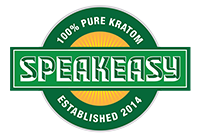





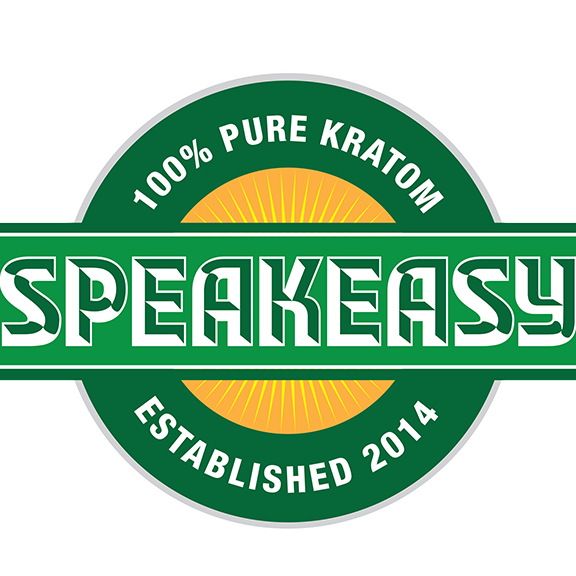
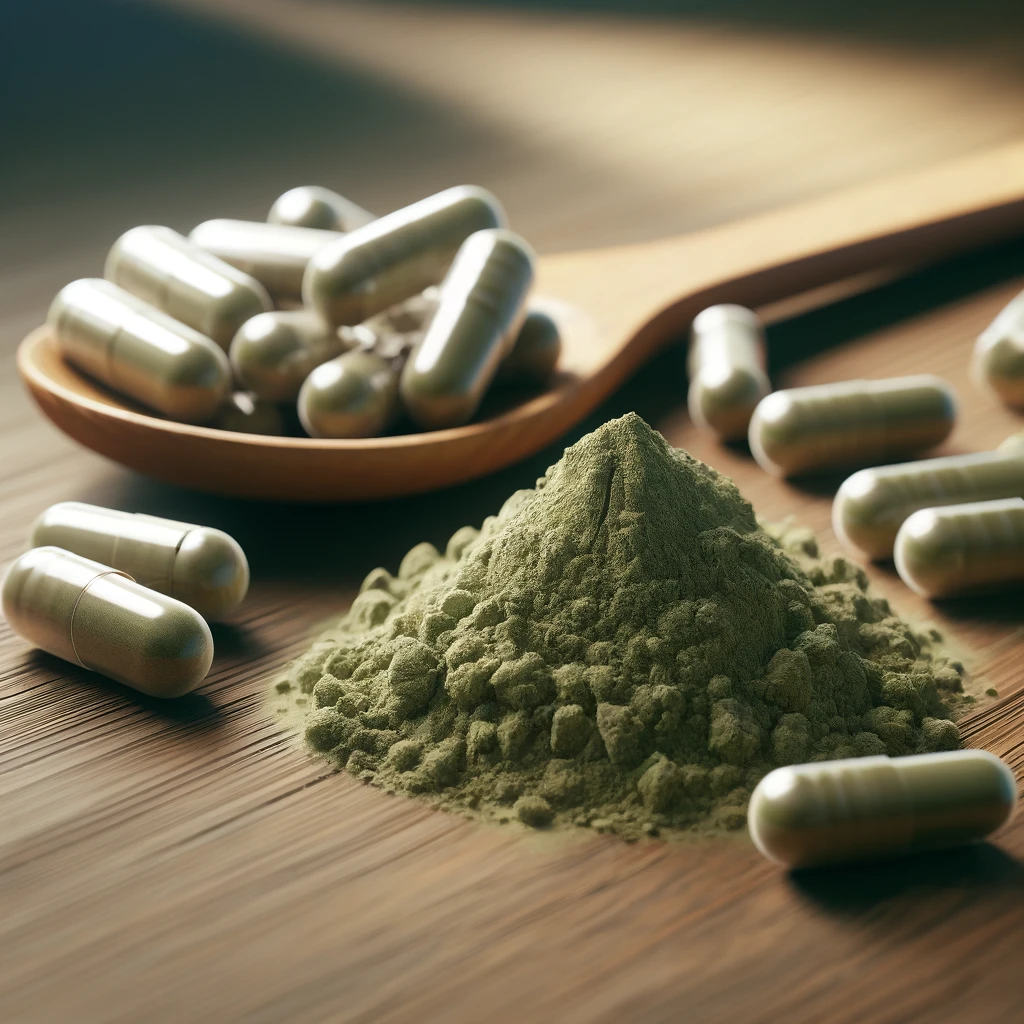
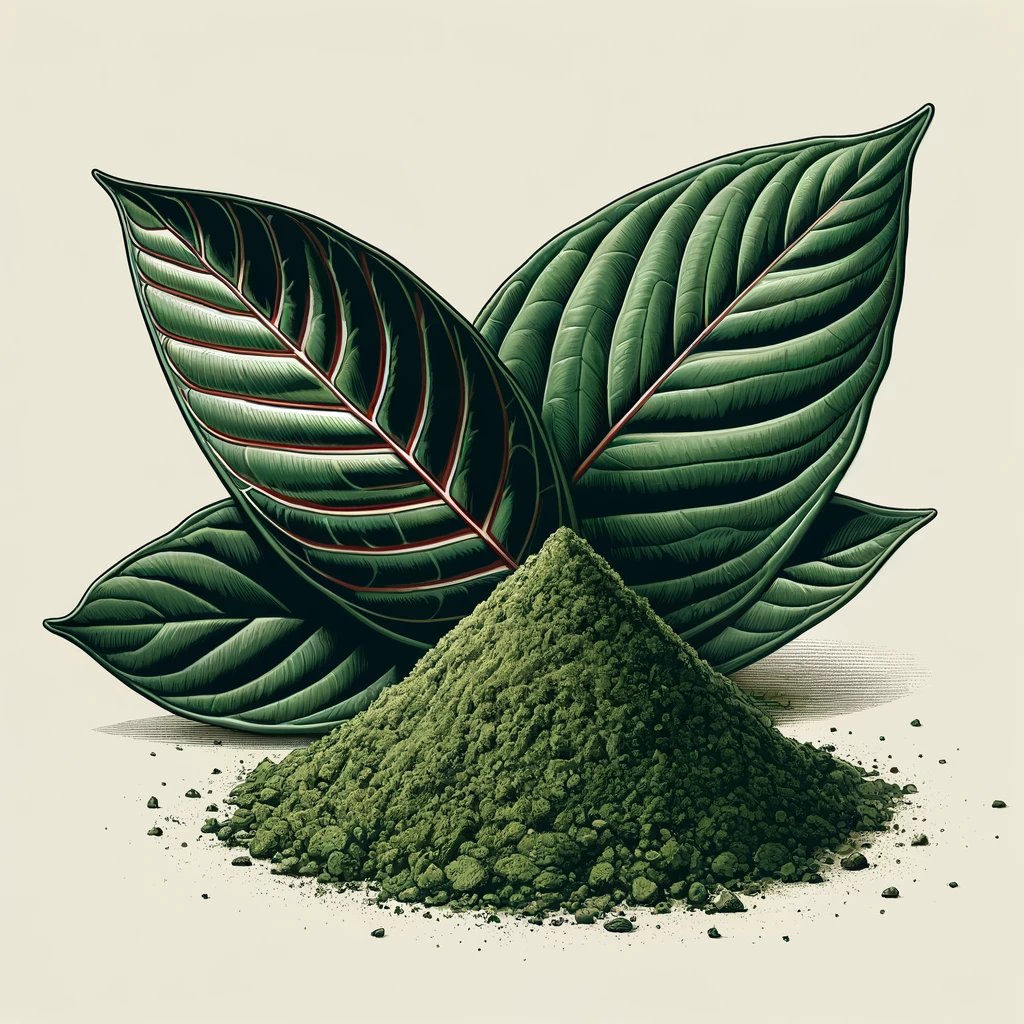

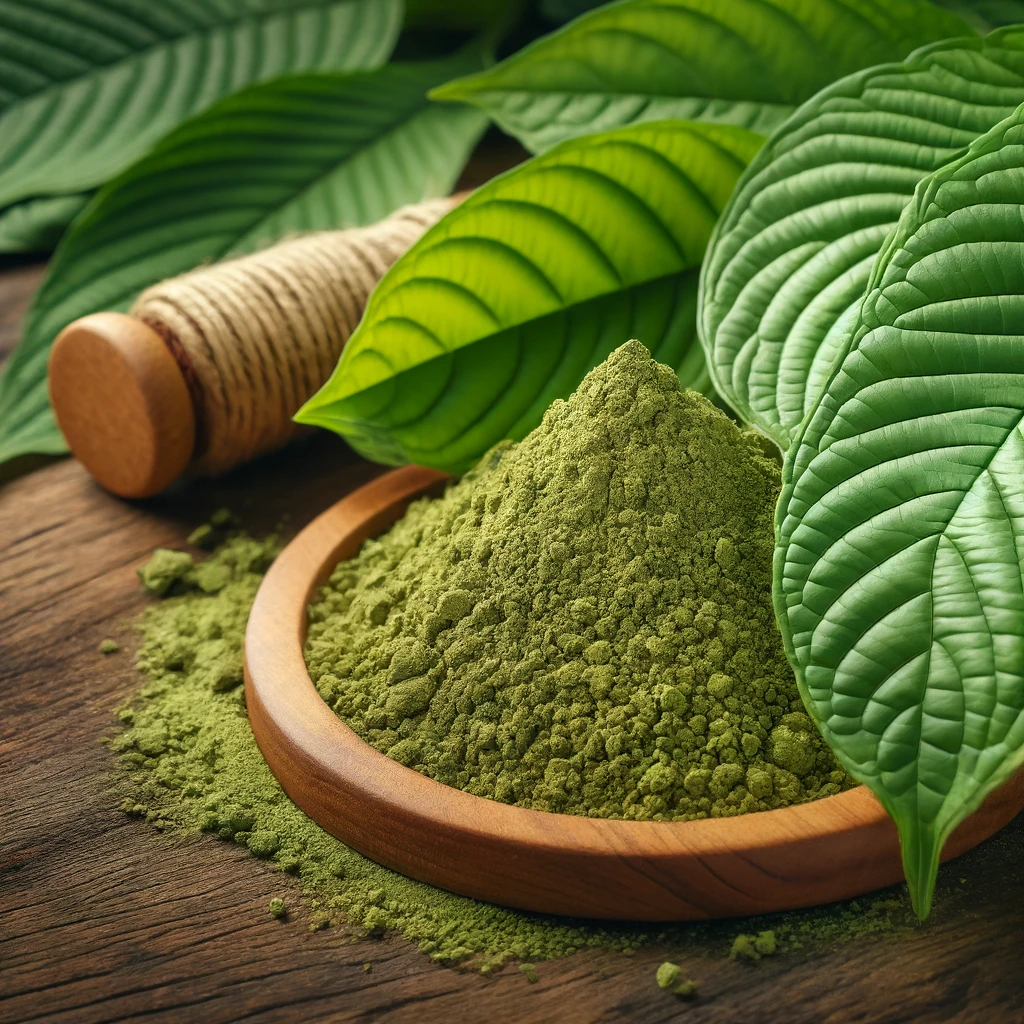
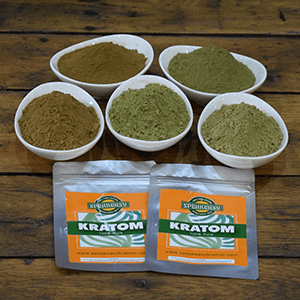

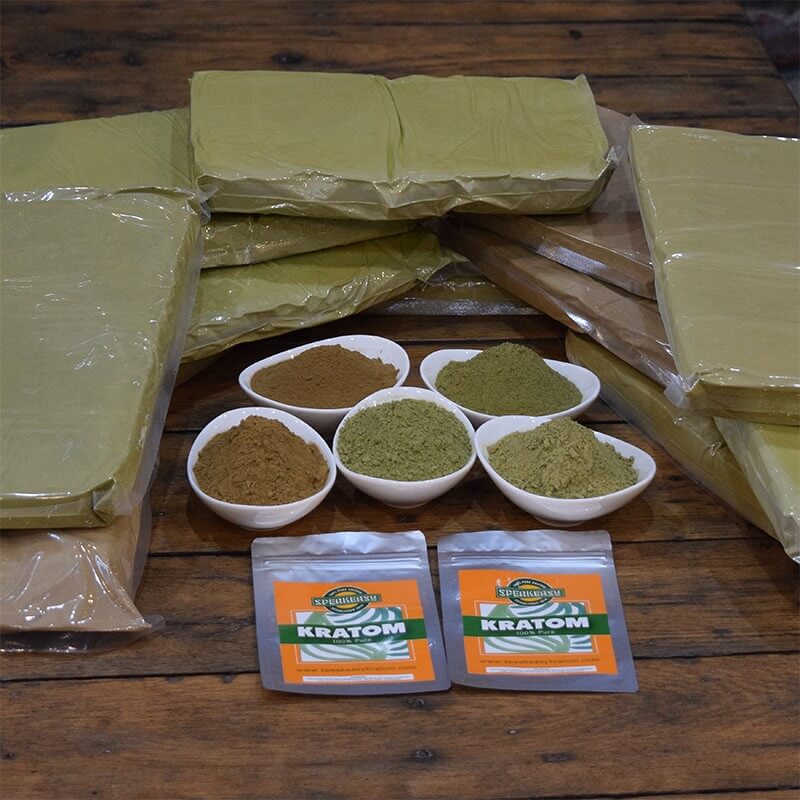
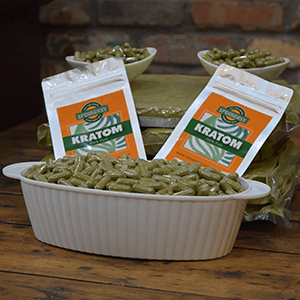
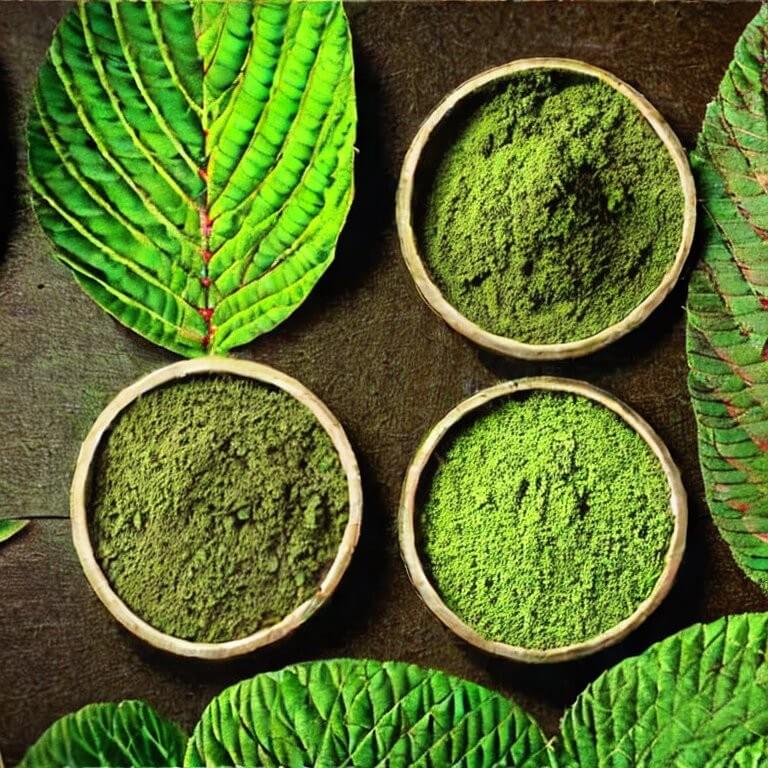
Leave a comment